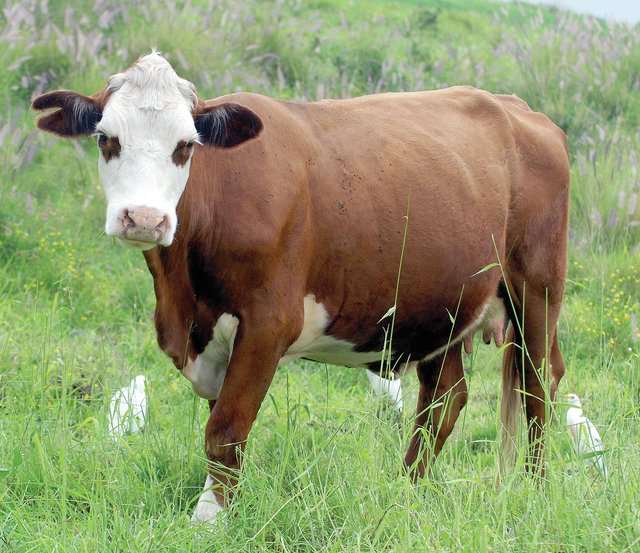KAILUA-KONA — It took only one week for radionuclides to infiltrate the atmosphere above the Hawaiian Islands after they were released from damaged reactors at the Fukushima Dai-Ichi Nuclear Power Plant following the Tohoku earthquake and tsunami on March 11, 2011.
By early April of that year, researchers from the University of Hawaii at Manoa began collecting ocean water and sediments to provide a baseline for cesium levels. Cesium is an alkaline earth element and a beta radiation emitter, meaning as it decays it emits electrons that may damage cell structures within the human body.
Establishing a baseline was critical, as data from government-monitored cesium tests from the 1960s through the early 1980s was the most recent data available. That monitoring was administered to measure the effects of nuclear weapons testing by the United States in the Pacific following World War II.
Tests by the UH-Manoa research team continued every month through 2011 and have been administered every three to six months in subsequent years. They were expanded to include tests on algae, lichen, coconuts, fish and mushrooms. An update on the research was posted on the University’s news website last Friday.
“The conclusion is pretty much that all is safe,” said Henrietta Dulai, Associate Professor in the Marine and Environmental Geology Division within the Department of Geology and Geophysics at UH-Manoa, who oversaw a small research team including graduate students Hannah Azouz and Trista McKenzie. “Tests are still ongoing, but we do not expect any significant levels at all.”
Ocean currents that might have carried radioactive materials from Japan to Hawaiian shores never made direct contact with the near-shore environment of the Hawaiian Islands, and so ocean water and sediment samples collected by the researchers off Oahu never showed a spike in cesium levels.
However, Dulai said that elevated levels were found in ocean water further north around the Midway Islands and have been detected off the West Coast of the United States and Canada, reaching as far north as Alaska.
While the immediate surrounding oceans were spared, the Hawaiian Islands didn’t escape the disaster totally unscathed.
“The Department of Health monitored precipitation and the atmosphere and also milk,” Dulai said. “They found positive (cesium) hits in all of these.”
Dulai and her team were curious as to why they found nothing in their samples despite the Hawaii Department of Health (HDOH) detecting elevated cesium levels in the atmosphere. The team began collecting samples on precipitation gradients on Oahu and Hawaii Island, where it did locate elevated cesium levels.
A correlation was established between areas of higher rainfall and higher cesium levels in the soil. At higher elevations, more rainfall occurred and more cesium was absorbed by the soil. This is what led to elevated cesium levels detected in milk from grazing cattle.
It turned out that the topography of the islands captured the clouds and to a large extent spared the oceans from excess radioactivity, as cesium deposits from rainfall tended to accumulate on land. While this news may sound concerning, Dulai said there is nothing over which residents of the Hawaiian Islands need to be concerned.
“The natural radioactivity in the soil is orders of magnitude higher than this added cesium level,” Dulai explained. “The added cesium is a tiny fraction of what is there naturally or what was deposited during the nuclear weapons testing.”
Contamination in seafood and mushrooms were also found to be “orders of magnitude below” any health limits set the Food and Drug Administration (FDA). Fish were a primary concern because they migrate, so while they wouldn’t have picked up extra cesium in Hawaiian waters, they may have been contaminated in waters from which they migrated.
Dulai and her team’s research will continue, as will monitoring done by the HDOH, according to its website at health.hawaii.gov. The website states that surveys since May of 2011 conducting shoreline surveillance “remain consistent with normal background levels.”
The department also continues to monitor air, precipitation and drinking water using the Environmental Protection Agency’s RadNet system.















